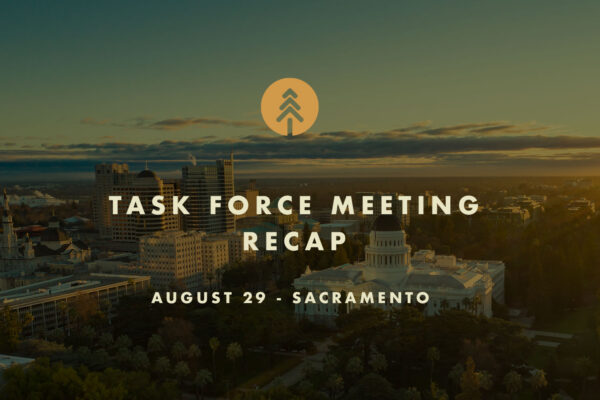New Reports on Post-fire Restoration & Public Health Impacts of Wildfire
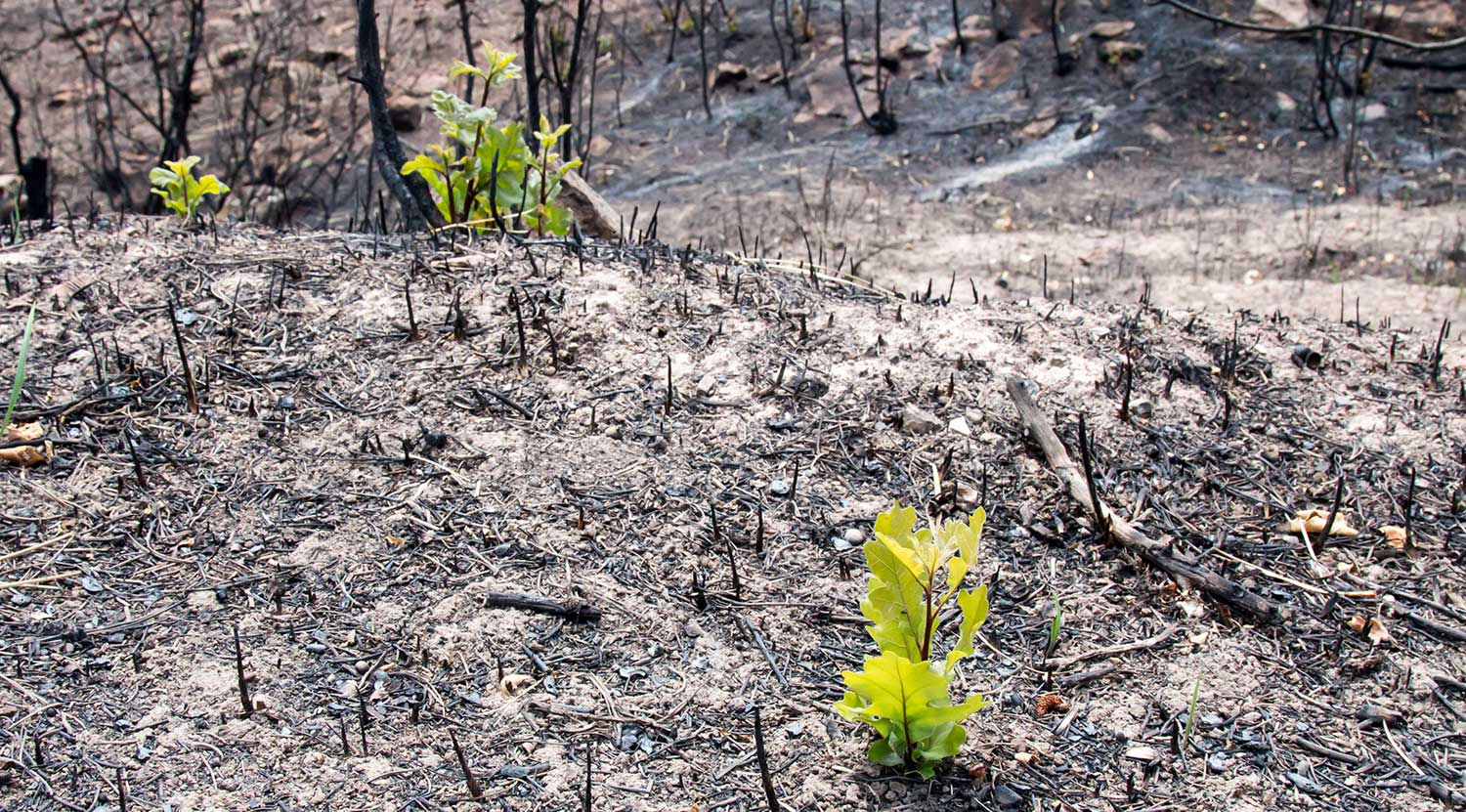
New Reports on Post-fire Restoration & Public Health Impacts of Wildfire
New Report on Emergency Forest Restoration Teams: Small private landowners often lack the funding, expertise, or time to undertake restoration work. To address these barriers, California’s Wildfire and Forest Resilience Action Plan called for the establishment of Emergency Forest Restoration Teams (EFRTs). In June, 2024 a report on lessons learned was released from three pilot EFRTs that were developed in late 2021 in response to the Dixie, Tamarack and Caldor Fires. The report provides key recommendations for future EFRTs to be successful.
New Report on the Public Health Impacts of Wildfire: This new scoping report covers the intersections of wildland fire and public health. Developed by UC Berkeley’s Center for Law, Energy, & the Environment in partnership with the Climate and Wildfire Institute, the report investigates key issues in the physical and mental health impacts of wildfire, provides an overview of the current state and federal policy landscape, and presents key recommendations for future resilience.
New Pocket Guide Empowers Communities to Collect Seeds and Support Reforestation
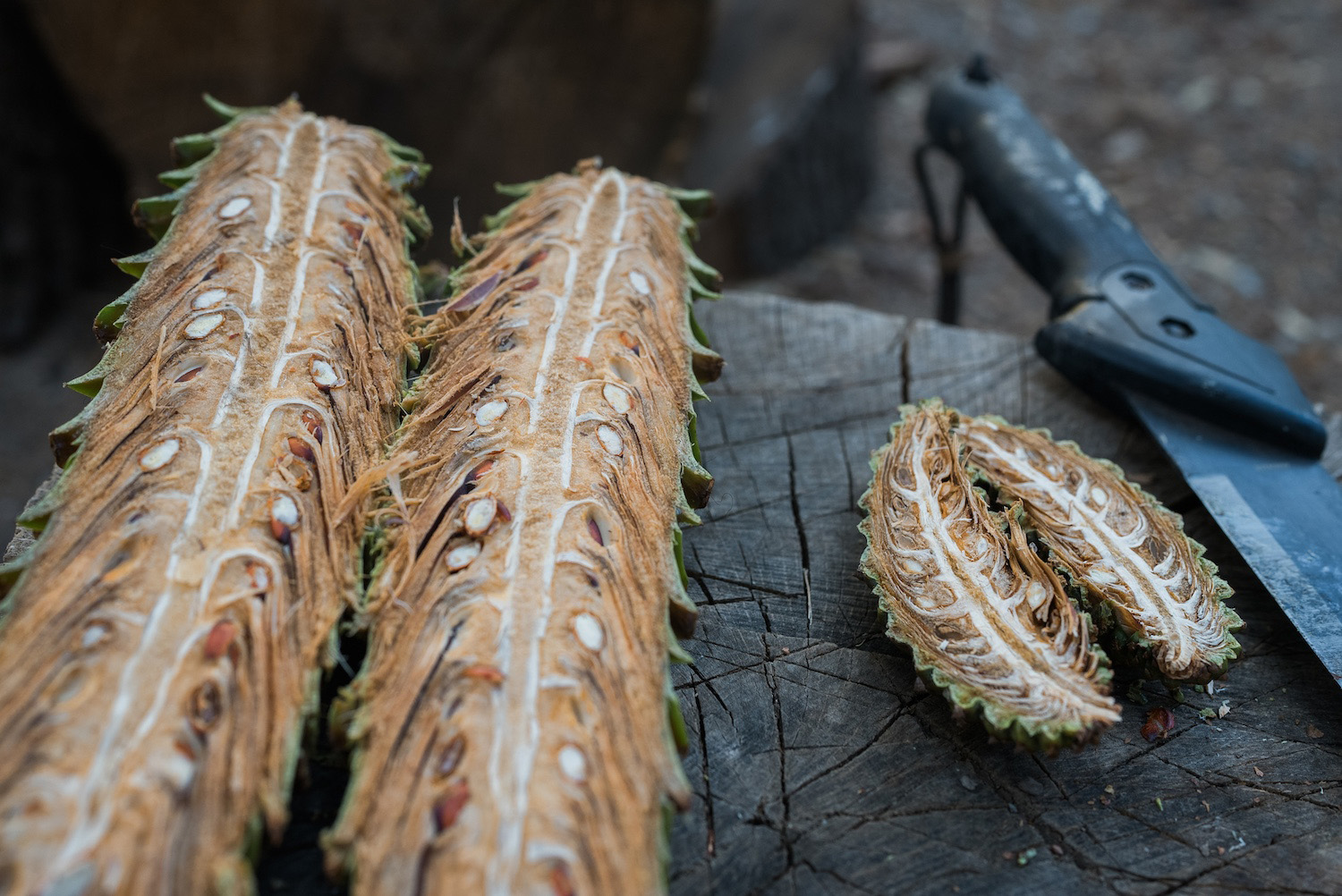
New Pocket Guide Empowers Communities to Collect Seeds and Support Reforestation
Seed collection is a critical first step in successful reforestations projects. The new ‘California Cone Hunter’s Pocket Guide’ serves as an in-the-field reference for those assisting with seed surveys and seed collection in support of post-fire reforestation efforts. The pocket guide was created by seed bank managers, geneticists, seed collectors and Cone Corps members, led by the USDA Forest Service, CAL FIRE, and American Forests. The Pocket Guide is available in both electronic and printed formats and will be distributed at Cone Camp seed collection trainings.
New Online Resources Now Available to Help Prepare for Wildfires
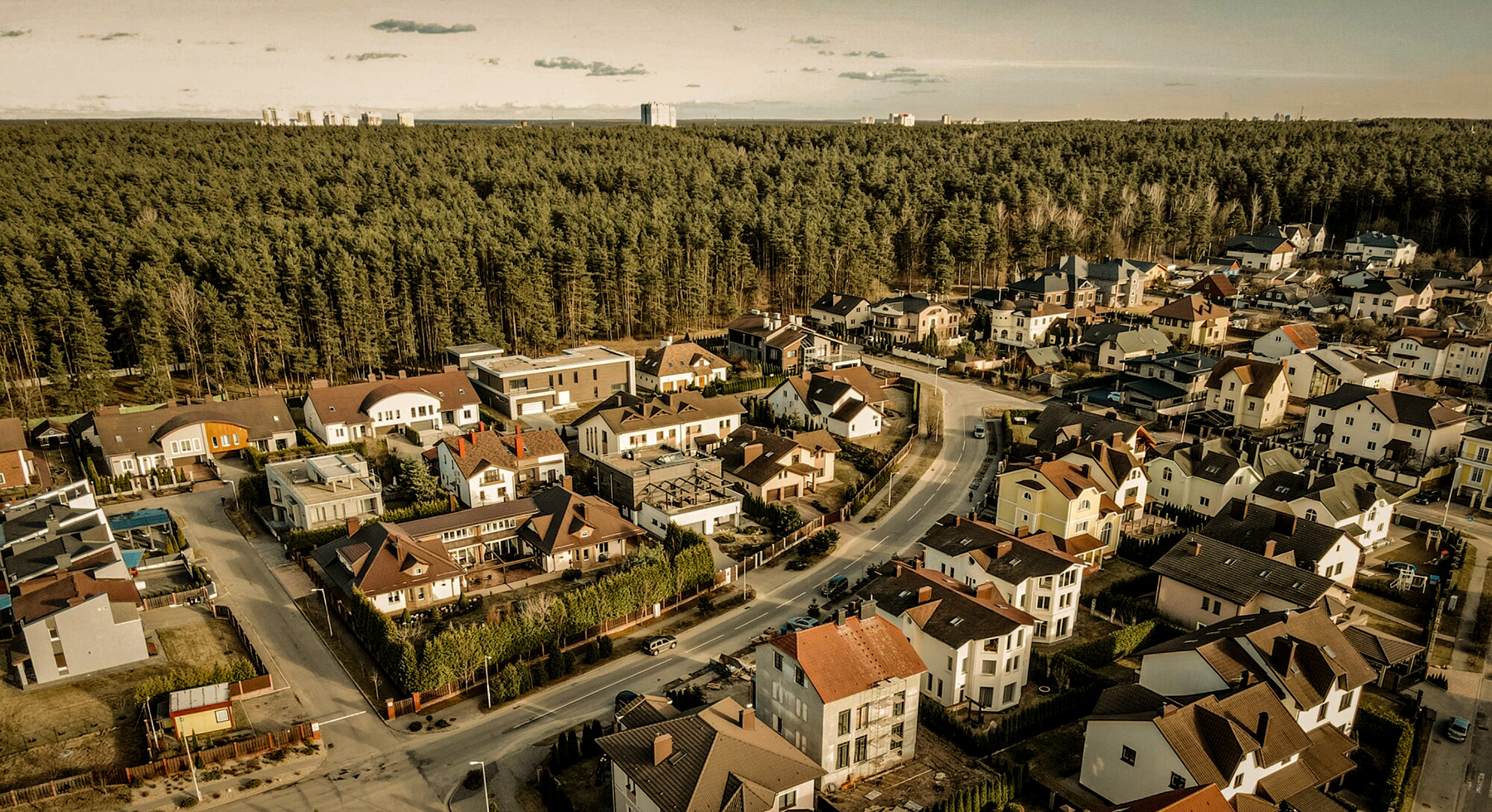
New Online Resources Now Available to Help Prepare for Wildfires
Understanding how best to prepare for wildfire season just got easier with several new, easy-to-navigate online resources that identify low-cost and achievable recommendations to protect yourself, your home and loved ones.
ready.ca.gov: On May 24, Governor Gavin Newsom announced the launch of ready.ca.gov, a new one-stop-shop for Californians to prepare for wildfires and other emergencies. The website is part of Listos California, a state effort that connects communities with resources before, during and after emergencies. The website offers resources and alerts for wildfire and wildfire smoke risks.
firePLANNER: CAL FIRE’s newly updated firePLANNER is a web-based platform that helps residents develop customized readiness plans for wildfire and other emergencies. It also provides information on preparing home and property for wildfire; creating an evacuation plan, including for pets and livestock; and special considerations to keep in mind during a wildfire. Users can also access information on active California wildfires. FirePLANNER is available in both English and Spanish.
wildfirerisk.org: The USDA Forest Service now offers an easy-to-use website to help communities understand, explore, and reduce wildfire risk. It includes interactive maps with the latest data and innovations in vegetation, weather, and fire behavior models, along with updated and improved building footprint datasets, a new funding section to help communities find grants and support for wildfire risk reduction, and a new feature called “Risk Reduction Zones” to help communities see the most effective mitigation activities in different locations.
wildfire defense videos: The Resource Conservation District of the Santa Monica Mountains released a series of wildfire defense videos to serve as an educational hub to provide home-hardening and defensible space information to prepare and defend your property and yourselves against wildfire ignition. The series provides guidance on home hardening, defensible space, fire ecology, and preparedness.
Giant Sequoia Lands Coalition Exceeds 2023 Goals and Plants 542,000 Trees
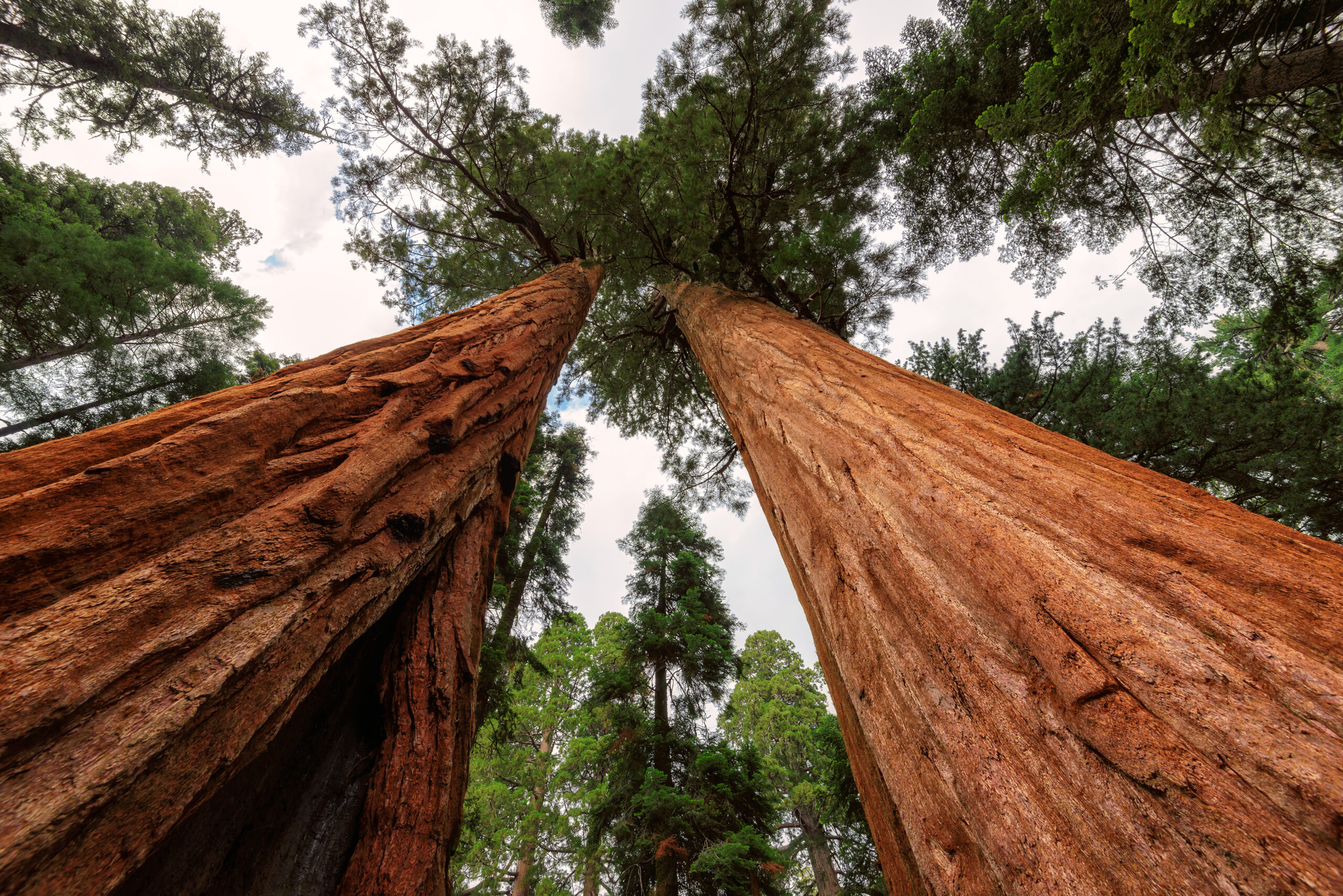
Giant Sequoia Lands Coalition Exceeds 2023 Goals and Plants 542,000 Trees
May 2024: The Giant Sequoia Lands Coalition has exceeded its goals in 2023, its second year of large-scale collaboration. The Coalition, made up of 20 partner entities, treated nearly 9,900 acres in 28 giant sequoia groves in 2023. This restoration work brings the total giant sequoia grove acres treated since the extreme 2020-21 wildfires to 14,143 out of 26,000.
The Coalition also planted over 294,000 native tree seedlings in severely burned areas, bringing the total to over 542,000. Other Coalition accomplishments include initiating and hosting research studies by academic, government, and nonprofit organizations, reviving cultural practices, and expanding co-stewardship agreements with tribes and nonprofits.
UC ANR Provides a One-Stop-Shop for Continuing Forestry Education Through ‘California Tree School’
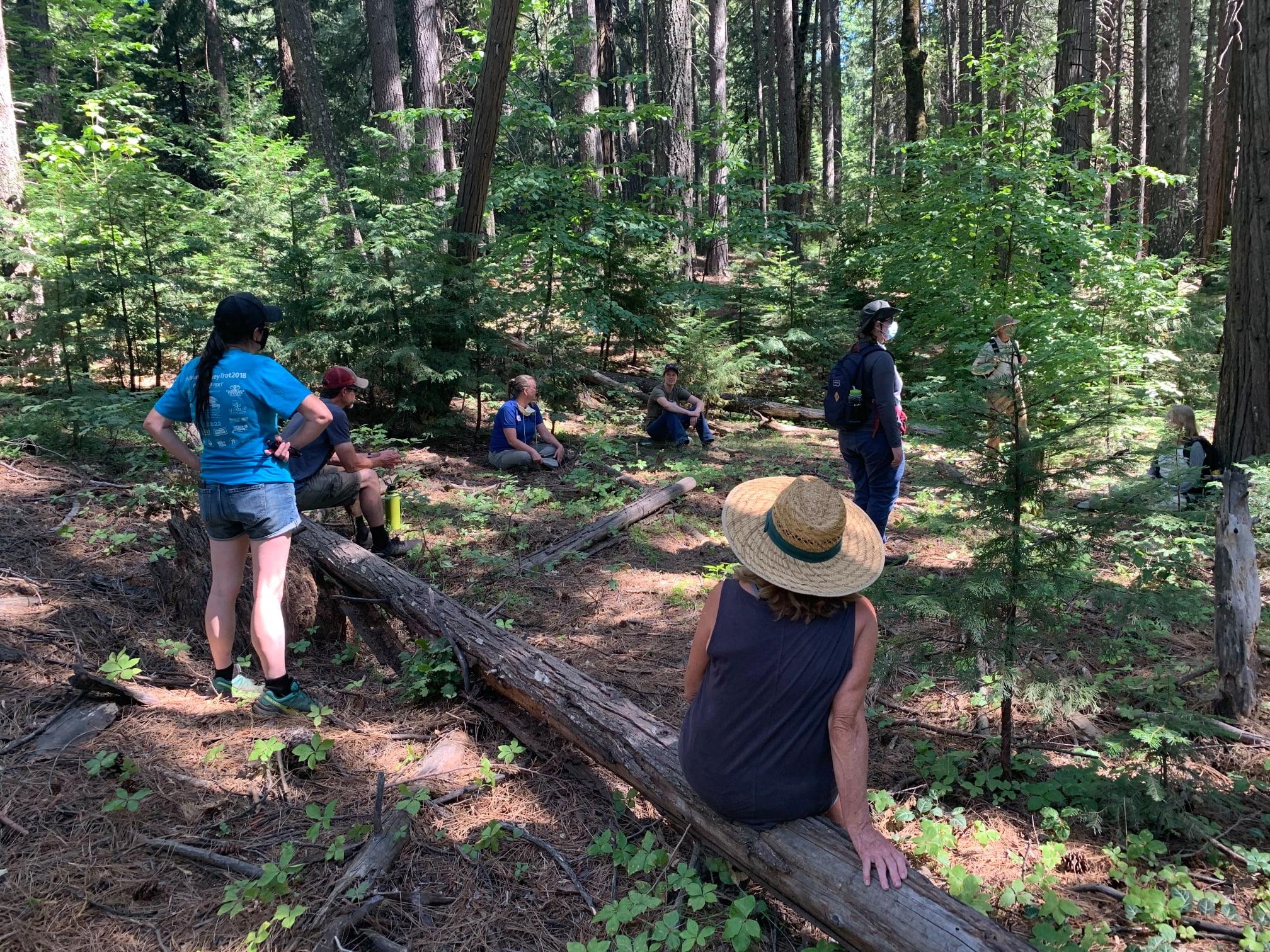
UC ANR Provides a One-Stop-Shop for Continuing Forestry Education Through ‘California Tree School’
May 2024: The UC Agriculture and Natural Resources (UC ANR) Forest Stewardship Education (FSE) program has been helping California’s forest landowners be proactive about the inevitable shifts their forestland will experience. The Forest Stewardship and Post-Fire Forest Resilience workshop programs utilize an online educational format, which guides landowners through the basics of creating forest management plans and managing post-fire landscapes.
The FSE team is piloting a new program to engage a wider audience of forest landowners and community members passionate about trees. This spring, the Forest Stewardship and UC ANR Fire Network teams are holding the first California Tree School, where individuals attend multiple in-person classes on forestry topics.
USFS Pacific Southwest Region Releases Broader-Scale Monitoring Results Viewer
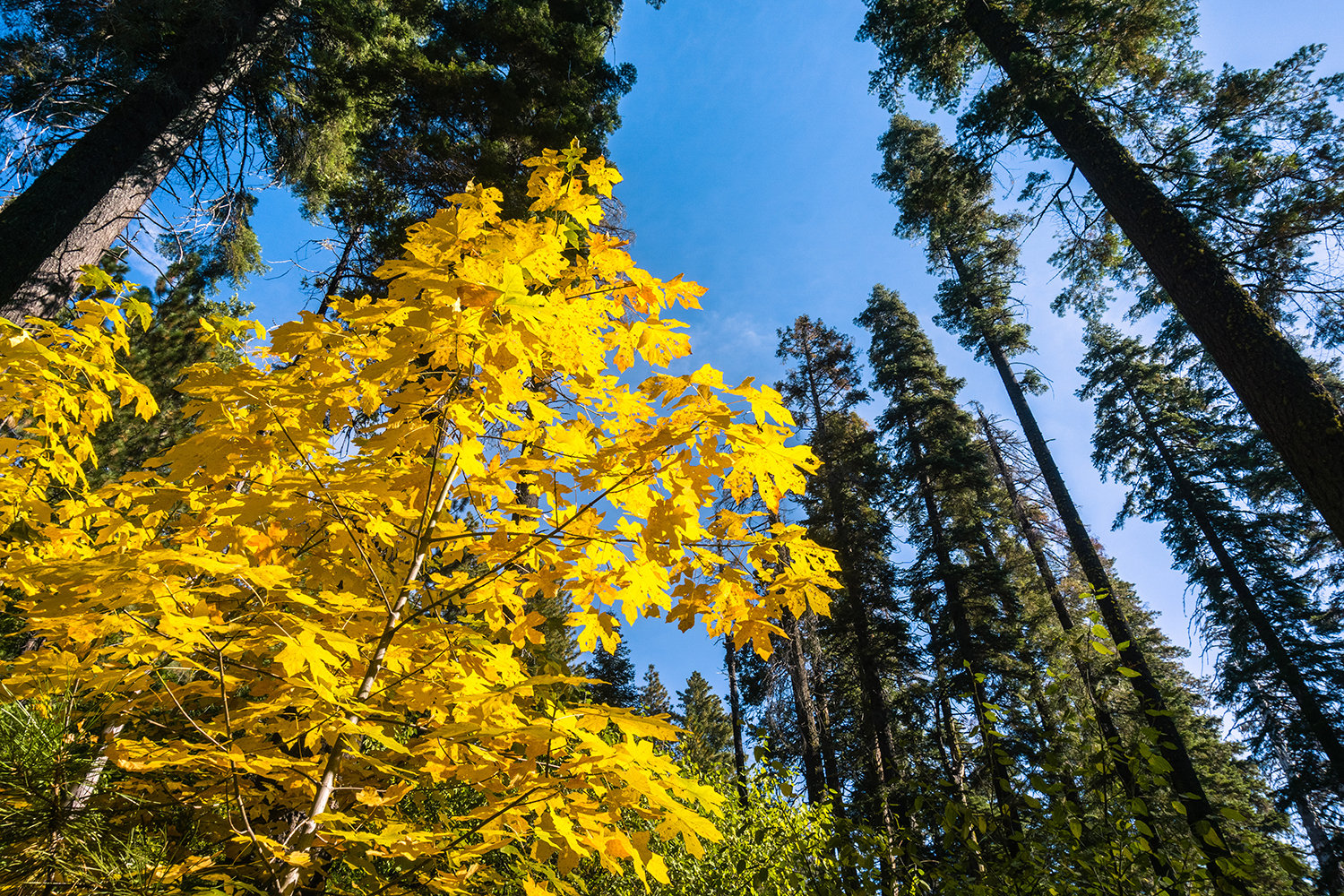
USFS Pacific Southwest Region Releases Broader-Scale Monitoring Results Viewer
A Broader-Scale Monitoring Strategy is an overarching strategy to help answer questions at a broad geographic scale that goes beyond one plan area.
On April 5, 2024, the USFS Pacific Southwest Region released the first results of their Broader-Scale Monitoring Strategy which evaluates the status and trend of social, economic, and ecological conditions on National Forest System lands in California. Monitoring results show that national forests in California have been weakened by chronic stress from climate change as well as climate-amplified disturbances like insect infestation, disease, and wildfire. You can download pdf reports of the results or explore the results and data yourself with interactive features such as dashboards and searchable maps.
Tahoe Conservancy Grant Supports Joint USFS-Washoe Tribe Project at Meeks Meadow
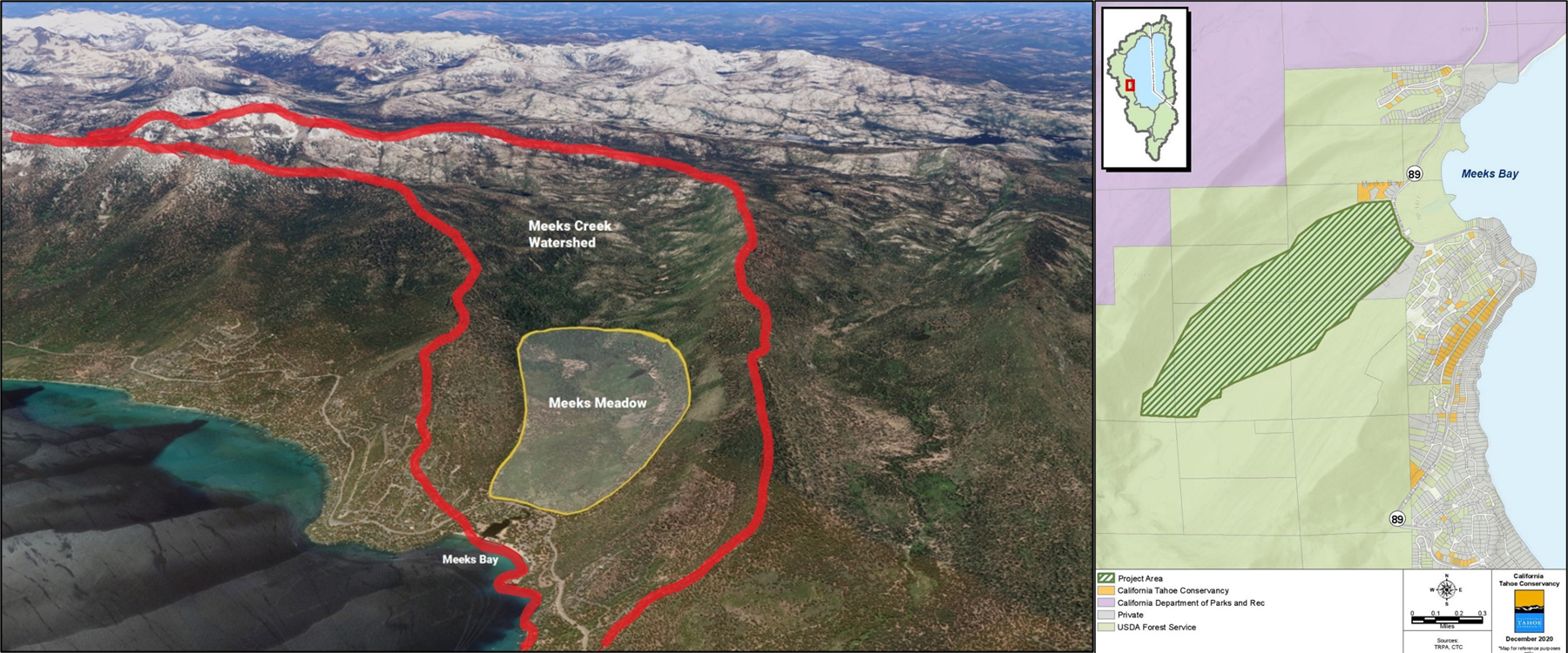
Tahoe Conservancy Awards $600,000 Grant to Support Joint USFS-Washoe Tribe Project at Máyala Wáta (Meeks Meadow)
The California Tahoe Conservancy has awarded a $600,000 grant to the USDA Forest Service Lake Tahoe Basin Management Unit (LTBMU) for forestry operations as part of its joint project with the Washoe Tribe of Nevada and California to restore Máyala Wáta (Meeks Meadow). The absence of low-intensity fire has allowed lodgepole pines to encroach on the meadow, drying the soils and reducing the availability of culturally significant plants. The LTBMU will use these funds, matched by $1 million in federal funds, to remove encroaching conifers from 213 acres of the meadow and thin 70 acres of the surrounding upland forest. This federal, state, and tribal partnership is an excellent example of how Task Force partners can work together to achieve multiple benefits, from improving wildlife habitat to promoting culturally significant plants.
USFS Awards Stanislaus National Forest $57.6M in FY24 Wildfire Crisis Strategy Landscape Funding
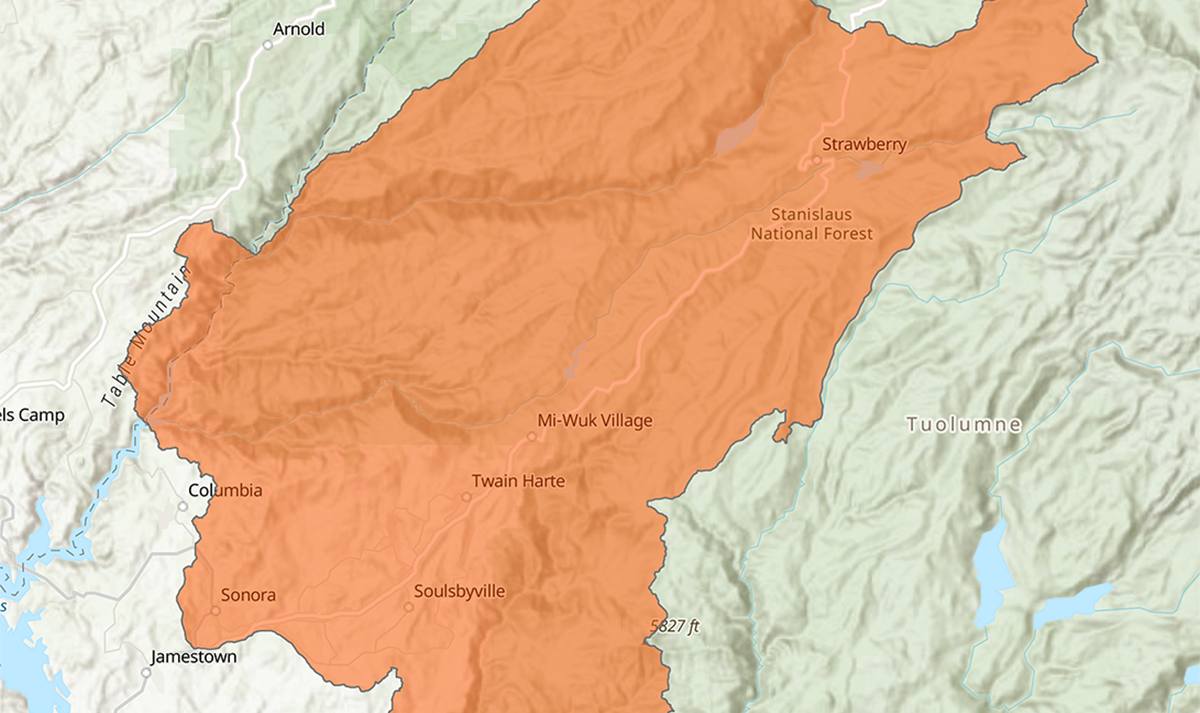
USFS Awards Stanislaus National Forest $57.6M in FY24 Wildfire Crisis Strategy Landscape Funding
Stanislaus National Forest is currently into year three of a ten-year, 305,000-acre project to reduce fuel loads on the forest through a variety of methods to include mechanical thinning and the application of prescribed fire. FY24 funding is part of USFS’ Wildfire Crisis Strategy, which also includes the already underway Social and Ecological Resilience Across the Landscape (SERAL) Project being implemented by Stanislaus National Forest, Tuolumne County and Yosemite Stanislaus Solutions (YSS), a collaborative of 25 local industry, environmental and recreational groups.
Recap of Sacramento 12/15 Task Force Meeting
SACRAMENTO TASK FORCE MEETING RECAP
December 15, 2023
The Task Force held its quarterly meeting at the California Natural Resources Agency in Sacramento and live on Zoom. The primary focus of the meeting was on Fire Adapted Communities and the work being doing throughout the state to achieve more resilient communities. Some of the highlights include:
- California’s Progress on Empowering Community Adaptation: Daniel Berlant from CAL FIRE and CA Fire Safe Council’s Jacy Hyde shared updates on how both statewide programs and local communities are building adaptive capacity and improving wildfire outcomes.
- California’s Roadmap for Creating Fire Adapted Communities: Two members of the Task Force’s Fire Adapted Communities Work Group — Steve Hawks from CAL FIRE and Erik de Kok, representing Ascent Environmental — shared updates on the Work Group’s recently completed Baseline Assessment and next steps in developing a statewide roadmap for community fire adaptation.
- Regional Leaders’ Perspective on Community Resilience to Fire: In a panel moderated by Molly Mowery of Community Wildfire Planning Center, regional leaders from across the state discussed pressing issues communities are facing to better adapt to fire, and the best ways state and federal institutions can support progress at the community level.
Welcome & Executive Remarks
Co-chairs
- Wade Crowfoot, CNRA
- Jennifer Eberlien, USFS
Task Force Executive Committee
- Joe Tyler, CAL FIRE
- Ed Valenzuela, CSAC
- Katy Landau, CalEPA
- Juliann Aukema, PSW Research Station
- Don Hankins, Indigenous Stewardship Network
- Sam Assefa, OPR
- Doug Teeter, RCRC
Director’s Report
Director’s Report
Patrick Wright, Director, Wildfire and Forest Resilience Task Force
California's Progress on Empowering Community Fire Adaptation
California's Progress on Empowering Community Fire Adaptation
Daniel Berlant, CAL FIRE
Jacy Hyde, CA Fire Safe Council
California's Roadmap for Creating Fire Adapted Communities
California's Roadmap for Creating Fire Adapted Communities
Steve Hawks, CAL FIRE
Eric de Kok, Ascent Environmental
Regional Leaders Perspective on Community Resilience to Fire
Moderator: Molly Mowery, CWPC
• Scott Tangenberg, USFS
• Rhiana Jones, Washoe Tribe of NV & CA
• Frank Frievalt, WUI Fire Institute
• Calli-Jane West, Butte County Fire Safe Council
• Will Harling, W. Klamath Restoration Partnership
Closing Remarks
Task Force Executive Committee
CAL FIRE Invests $15M in California’s Wood Products Infrastructure
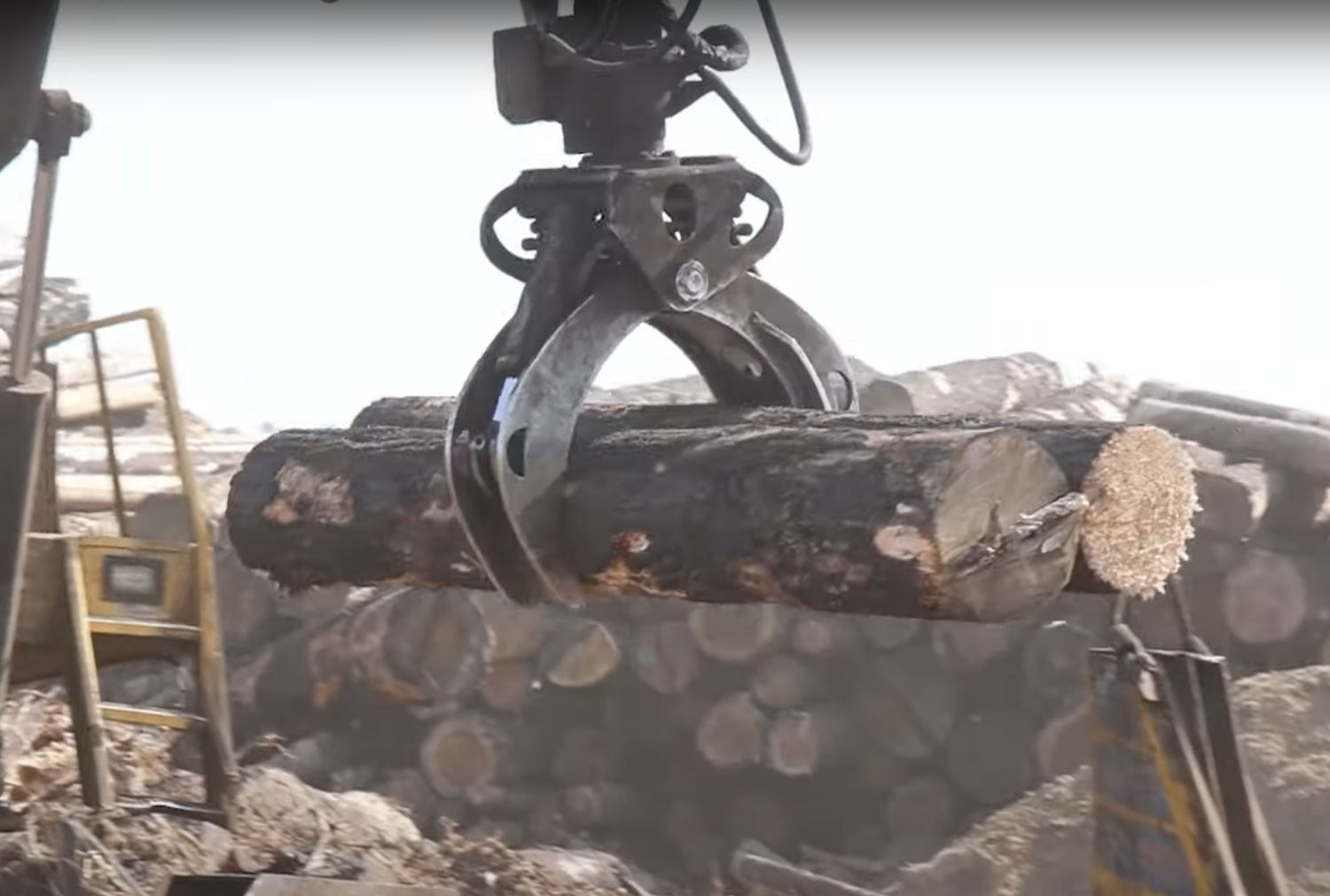
CAL FIRE Invests $15M in California’s Wood Products Infrastructure
On December 7, CAL FIRE announced the Wood Products and Bioenergy Program awarded 16 projects focused on expanding workforce development and growing the businesses involved in creating healthy, resilient forests across the state as outlined in California’s Wildfire and Forest Resilience Action Plan. The awards support private businesses, non-profits, schools, and Tribes.

